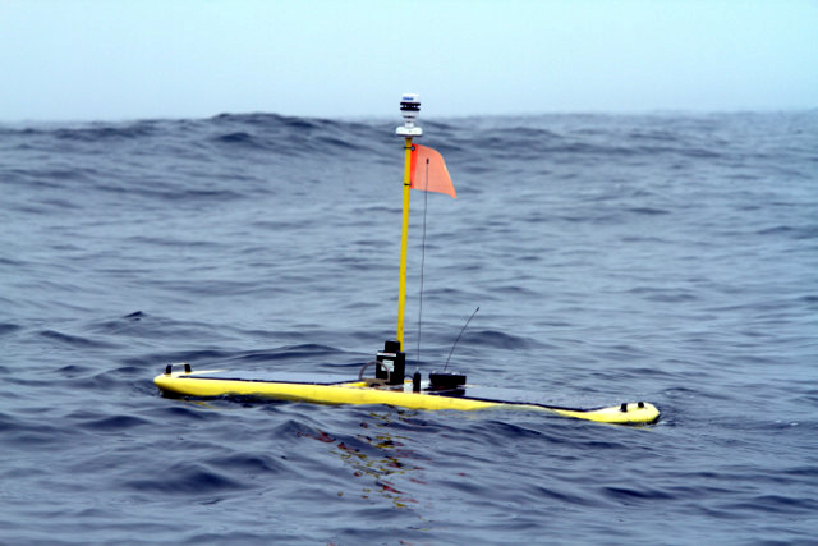Stanford’s new surfing robot opens ocean to exploration
August 27, 2012
Cue the Jaws theme music….
Stanford marine biologists have launched the “Wave Glider” robot, which probing the Pacific Ocean off the California coast to provide researchers with near real-time data of sharks and other animals.
The Blue Serengeti Initiative, as the effort is called, picks up where the decade-long Tagging of Pacific Predators (TOPP) project left off. TOPP, an international collaboration among 75 scientists, involved tagging thousands of marine animals — great white sharks, elephant seals and leatherback turtles — and tracking their movements via satellite.
This is an initiative led by Stanford marine sciences Professor Barbara Block and her research team to keep tabs on the comings and goings of top marine predators, and to provide better census data of all species in the area.
The tags used in TOPP cost as much as $4,000, one of the first steps was choosing a less expensive technology for keeping track of the sharks long term. The team is now using $400 acoustic tags, each of which produces a unique series of “pings” to identify an individual animal as it swims by listening buoys.
There are now 120 white sharks carrying acoustic tags, along with 27 salmon sharks and five mako sharks. Other groups have tagged more animals — including salmon, sturgeon and lingcod — along the California coast with similar acoustic devices, which can also be picked up by the network of listening buoys.
The buoys can detect a shark’s transmitter — or any animal with an acoustic tag — from as far away as 2,000 feet. The data is delivered in near real time to mobile devices; the whole process takes about four minutes.
Wave glider hits the hot spots
Meanwhile, the unmanned wave glider, nicknamed Carey, “surfs” up and down the coast, between the hot spots and to areas that are too remote for Block’s group to visit on a regular basis. The device, built by the California-based company Liquid Robotics, consists of an underwater glider connected to a 7-foot-long “surfboard” that floats on the surface and carries scientific equipment.
As the waves move the float up and down, it pulls the glider vertically. The glider’s fins rotate to convert upward wave motion into forward thrust; as the float comes down off a wave, the glider sinks and the fins rotate in the opposite direction to generate forward thrust. This cyclical, nonstop action allows the glider to tow the float along a route set by the researchers.
Carey is decked out with sensory gear. The undersea glider carries the acoustic sensor, and solar panels on the floating board power a link to a satellite. It was launched near San Francisco last week, in anticipation of large numbers of sharks that will soon be arriving in the region. The first animal it heard was a rainbow trout, and it has since picked up a king salmon and several sharks.
This season’s activities are really a test of a larger project. Block hopes to eventually deploy enough Wave Gliders and buoys to monitor the entire West Coast and create a “wired ocean” that will produce real-time data streams of the whereabouts of sharks and other marine animals, which will ultimately lead to long-term fisheries data that gauges the sea population in relationship to real-time oceanographic conditions.
Her ultimate goal is to get the data that will lead to better ocean management policies to protect animals that are critical to the health of ocean ecosystems.
Sharks on your iPhone and iPad
The highlight of the new project is the acoustic detection data fed into an iPhone and iPad app. Shark Net, which is available free in the iTunes Store, allows users to follow the lives of about 20 white sharks.
According to Randall Kochevar, one of the Stanford developers of the app, people understand that the ocean and its wildlife are important, but unless one is experiencing the ecosystem every day, it’s difficult to connect to issues on a personal level. Shark Net is an attempt to bring the ocean into living rooms.
The Shark Net app and the technology driving it were funded in part by a Rolex Award for Enterprise given to Block earlier this year, with additional support coming from Discovery Communications, the Expo ’90 Foundation’s Cosmos Prize and Liquid Robotics.
